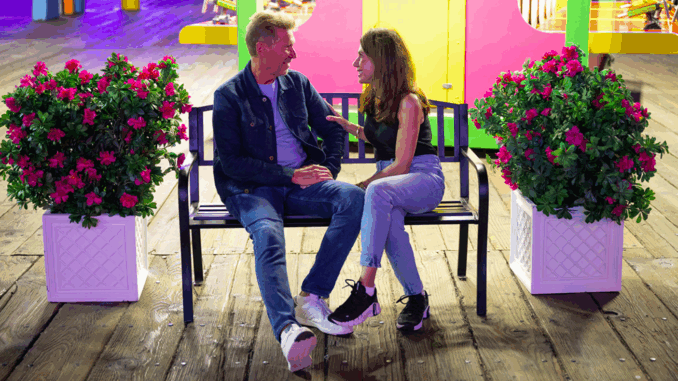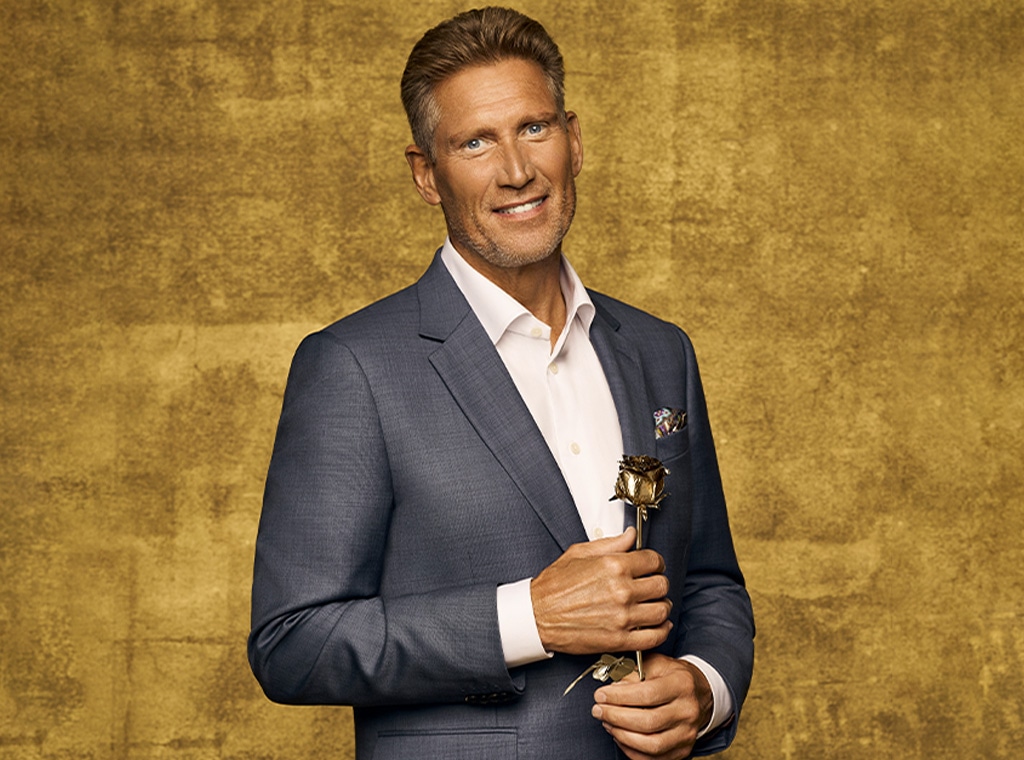
The Golden Bachelor emerged as a fresh and compelling addition to the long-running Bachelor franchise, spotlighting a mature love story that resonated with many viewers. Beyond the heartfelt moments and engaging personalities on screen, a significant driver of the show’s buzz and influence was the powerful role played by traditional media and social media platforms. Together, they shaped public perception, boosted fan engagement, and expanded the show’s footprint in the crowded reality TV landscape.
Traditional Media’s Role: Building the Narrative
From the moment The Golden Bachelor was announced, entertainment journalists and TV critics seized on the show’s unique premise—a senior bachelor navigating the dating world—which distinguished it from other Bachelor installments. Coverage from leading outlets like Entertainment Weekly, People, and Deadline framed the show as not just another reality dating series but a culturally significant exploration of love and companionship in later life.
These outlets published interviews with the star, Gerry Turner, and key contestants, offering viewers behind-the-scenes insights that deepened interest. Thoughtful feature articles discussed the broader social themes the show touched upon—aging, second chances, and breaking stereotypes—which helped elevate the show beyond typical reality TV fodder.
TV reviews frequently highlighted the emotional authenticity and warmth of the series, praising its respectful and hopeful portrayal of mature romance. Positive critical reception encouraged new viewers to tune in and reassured longtime Bachelor fans that this season offered something refreshingly different.
Social Media: The Modern Word of Mouth
While traditional media laid the groundwork, social media platforms truly ignited The Golden Bachelor’s viral momentum. Platforms like Twitter, Instagram, TikTok, and Facebook became hubs where fans and critics alike shared reactions, theories, and favorite moments in real time.
Twitter: The Real-Time Watercooler
Twitter was the epicenter for live reactions during episodes. Fans live-tweeted every emotional exchange, surprising twist, and funny moment, often creating trending hashtags such as #TheGoldenBachelor and #GoldenLove. This real-time engagement fostered a vibrant community where viewers connected instantly, building anticipation for upcoming episodes.
Influencers and reality TV commentators joined the conversation, amplifying the show’s reach with their analyses and hot takes. Memes and GIFs derived from key scenes circulated widely, further embedding the show in pop culture.
Instagram & TikTok: Visual Storytelling and Fan Connection
On Instagram, official accounts and fan pages posted polished clips, behind-the-scenes photos, and contestant spotlights, helping to personalize the cast and create emotional investment. Instagram Stories and Reels provided quick, digestible content that kept fans hooked between episodes.
TikTok played a particularly interesting role. Short-form videos—ranging from heartfelt fan tributes to humorous skits parodying show moments—allowed users to creatively engage with the show’s narrative. TikTok creators also broke down episodes, speculated about outcomes, and even responded to fan questions, which fueled a feedback loop of engagement.
The younger demographic, often less familiar with older reality TV formats, discovered The Golden Bachelor through these viral TikTok clips, broadening the show’s audience beyond traditional viewership.
The Influence of Media Coverage on Public Perception

This multi-platform media coverage shaped how viewers perceived the show’s core themes. Rather than seeing it as just light entertainment, many recognized The Golden Bachelor as a meaningful portrayal of mature love and resilience. This shift was significant in a media landscape that often sidelines older adults in romantic contexts.
By highlighting the show’s human stories and avoiding sensationalism, media narratives encouraged empathy and respect for the cast’s journeys. This helped The Golden Bachelor foster a loyal fanbase that appreciated its authenticity.
Impact on Ratings and Franchise Future
The media and social media buzz translated into strong ratings for the season. Episodes frequently ranked highly in key demographics, especially among women over 50, a valuable and sometimes underserved TV audience. This success demonstrated to producers and network executives that there was a market hungry for diverse and inclusive stories about love at every stage of life.
Moreover, the positive coverage positioned The Golden Bachelor as a potential new pillar of the Bachelor franchise, encouraging discussions about future seasons or spin-offs focusing on mature romance.
Challenges and Criticisms: A Balanced View
Despite the mostly positive media coverage, some critics pointed out challenges, such as the limited diversity among contestants or moments where the show leaned into clichés. Social media users sometimes debated these issues passionately, showing that the conversation around the show was nuanced and ongoing.
Producers appeared responsive to feedback, signaling a willingness to evolve the series to better reflect a wider range of experiences, which many fans appreciated.
The Lasting Cultural Effect
Ultimately, the combined force of traditional and social media transformed The Golden Bachelor from just another reality show into a cultural moment that sparked conversations about aging, romance, and representation. It showed how thoughtful media strategies and vibrant fan engagement can elevate a program’s impact far beyond its time slot.
Conclusion: Media as a Catalyst for Success
The Golden Bachelor’s rise was no accident. It was the product of carefully crafted media narratives and an enthusiastic, engaged social media community. Together, they created a compelling story around the show that invited viewers in and made them care.
As The Golden Bachelor looks ahead to future seasons, the lessons learned about the power of media coverage and fan interaction will be crucial. The show’s ability to sustain and grow its audience will depend on continuing to harness these channels thoughtfully, building an inclusive and passionate fanbase that celebrates love in all its stages.
